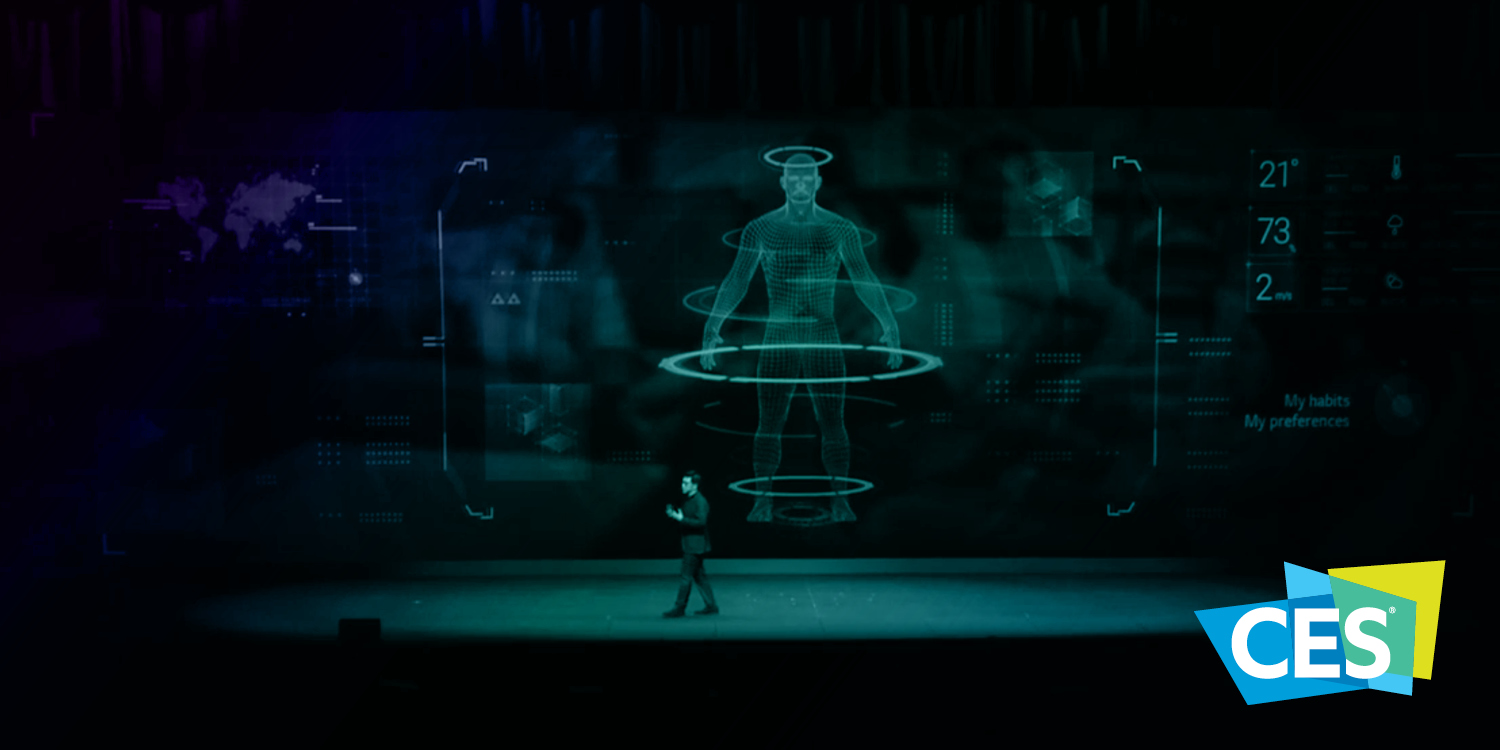An Intelligent Approach to AI

Artificial intelligence (AI) is rapidly moving from lab experiments to broader end-user deployment. That much was made abundantly clear by the many companies showcasing AI at CES 2019. For example, Currant’s in-wall smart outlet (which can be controlled with voice commands) not only monitors energy usage in the home but also suggests how to manage one’s energy consumption more efficiently. LG showcased the latest iteration of its ThinQ appliances, such as TVs that recommend content based on viewing habits, or washing machines that tell you when you’re running low on detergent.
AI Urgency
If these developments seem like the “same-old, same-old AI rollouts at CES” – well, that’s exactly the point. AI is here, delivering value for businesses now. To put things in perspective, LG launched its first ThinQ appliance in 2011. As Ben Lamm, founder, chair, and CEO of Hypergiant Industries, noted recently, more than half of business executives say they have implemented AI solutions that are already increasing productivity.
What digital did for consolidation, AI will do for competition, and every incumbent leader or young upstart will need to embrace intelligence technologies early in order to remain relevant.
The AI Myth
Well said. At the same time, it’s important that businesses avoid believing a tempting myth about AI:
AI is a technology solution looking for a problem.
I think most executives know in their heads that this myth is patently untrue. But the pressure to adopt AI is so great that many executives are being tempted to hire a partner who can treat AI as a technology solution.
People, Process, and Platforms
In fact, the promise of AI cannot be realized with a technology-first strategy. We recommend that businesses assess the potential of AI through a holistic view across people, process, and platforms – starting with what matters most: obsessing about the lives that can be improved through lovable experiences powered by AI. Here are the questions you should be asking as you assess how to embrace AI:
PEOPLE
External (customers):
- How might AI improve the existing experiences we’re providing for our customers? Or how might AI identify net-new revenue opportunities?
- What perception would AI have on our existing brand voice?
Internal (employees):
- How might AI automate tasks that are currently manual (and painful)?
- How might the organization need to change (e.g., skills) to provide AI-driven experiences?
PROCESS
External (customers):
- Does the organization have a customer centric, co-creation process for rapidly exploring and validating AI fit with customers?
Internal (employees):
- What is the current state of data within the organization required to deliver AI experiences?
- What is the process for aggregating, cleansing, and normalizing the data to power AI (i.e., AI data enablement)?
- How do we measure and learn from AI experiences to constantly ensure fit?
PLATFORMS
External (customers):
- Which existing digital products make sense to experiment with AI (website, mobile app, voice, IoT, etc.)?
- Which AI platforms align best with our internal technology ecosystem (Alphabet’s DeepMind, IBM Watson, Salesforce Einstein, Amazon SageMaker, etc.)?
Internal (employees):
- Which aspects of your bimodal architecture lend themselves to exploring AI use cases?
- What data lives within the organization and outside of the organization?
Viewing AI through the lens of people, process, and platforms obviously forces a business to think holistically about AI. Doing so ensures a company will spot all the opportunities for improving the business with AI – and avoid making costly mistakes that invariably happen by shooting first and asking the questions later.
How to Get Started
Once you have a strategy in place that encompasses people, process, and platforms, we suggest businesses create a narrow AI model – trained and tested with customer input. Such an approach mitigates the cost and risk of developing an AI product. After all, as Steve Blank famously wrote, no plan survives first contact with customers.
At Moonshot, one of the ways we help businesses efficiently explore and validate the potential of AI powered experiences is through design sprints. With design sprints, businesses take four days to rapidly develop a product prototype based on input from real customers. We’ve incorporated the design sprint into our FUEL methodology, which helps companies not only develop product prototypes but then develop actual products at scale. To learn more about FUEL, check out the following blog post. And contact Moonshot. We’re happy to help.
